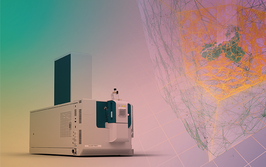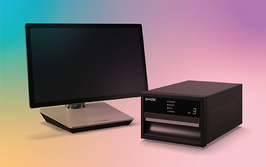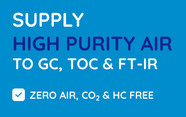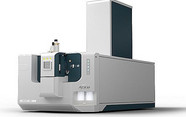Rapid Improvements for LC/MS/MS Analysis

contributed by Phenomenex |
Introduction
Protein precipitation is compared to a phospholipid removal product, Phree Phospholipid Removal Plates, to assess the cleanup capabilities of each technique. By measuring for total phospholipids using the 184 → 184 mass transition, LC/MS/MS Analysis indicates that Phree Phospholipid Removal Plates result in significantly cleaner samples, reduced ion suppression, and Extended HPLC/UHPLC column lifetime. The technique followed a simple procedure that is similar to a traditional protein precipitation, required no method development, and can be automated to provide higher throughput.
Many different classes of phospholipids exist, the most abundant being phosphatidyl cholines and lysophosphatidyl cholines. When injected onto an LC/MS/MS, phospholipids have been shown to reduce HPLC/UHPLC column lifetime and sensitivity and are also responsible for ion suppression. Phospholipids are present in a majority of bioanalytical samples including whole blood and plasma. With an increasing number of clinical applications being developed from bioanalytical samples, the removal of phospholipids from the sample prior to LC/MS/MS analysis has become an important step for accurate analysis.
Traditionally, protein precipitation has been used as a cleanup step because it is rapid and does not require method development. We compared the cleanliness of protein precipitation to a cleanup using Phree Phospholipid Removal Plates which remove both protein and phospholipids from samples by monitoring for the presence of total phospholipids using the 184 → 184 mass transition, monitoring for ion suppression, and by performing a column lifetime study.
Log in or register to read this article in full and gain access to The Analytical Scientist’s entire content archive. It’s FREE!

















